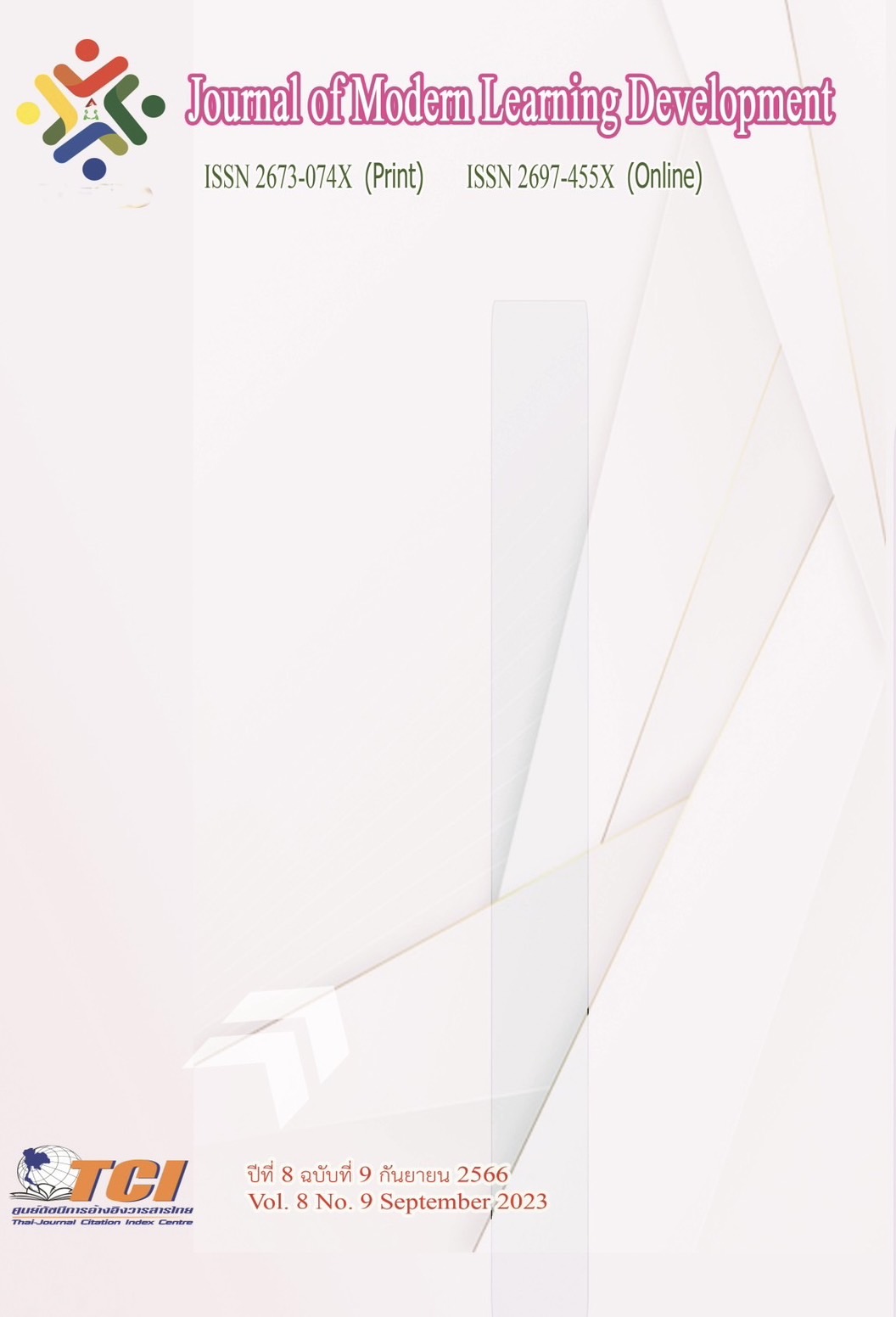The Creation of innovation and Effectiveness of Innovative for Thai Automotive Industry
Main Article Content
Abstract
The objectives of this research were to 1) the relationship of causal factors affecting innovation, 2) the relationship between innovation and the effectiveness of innovation in the Thai automotive industry. This study was quantitative research. The sampling included automotive industry entrepreneurs and service users, the total sample of 435 persons and selection by purposive sampling and simple random sampling. The research tool was a questionnaire. The data were analyzed by simple regression analysis and multiple regression analysis.
The research findings were as follows, the causal factors, viz. knowledge management, technology management strategic leadership and employees' innovative behavior had significantly positive effect on innovation. Furthermore, the creation of innovation positively affected the effectiveness of innovation in the Thai automotive industry. All 5 observable variables, namely product innovation, process innovation, technological Innovation, service innovation and marketing innovation positively affected the effectiveness of innovation in the Thai automotive industry significantly. Which the knowledge/findings from this research are beneficial to automotive industry business organizations in using them for analysis, planning, strategy development of factors affecting innovation creation and develop various innovations in the organization to be more effectiveness.
Article Details
References
Abuzaid, A. (2016). Testing the Impact of Strategic Leadership on Organizational Ambidexterity: A field Study on the Jordanian Chemical Manufacturing Companies. International Journal of Business and Management. 11 (5), 329-330.
Adair, J. E. (2002). Effective strategic leadership. London: Pan Macmillan
Adams, R., Bessant, J., & Phelps, R. (2006). Innovation management measurement: A review. International Journal of Management Reviews. 8 (1), 21-47.
Anderson, N., Potocnik, K. and Zhou, J. (2014). Innovation and creativity in organizations: A state-of-the-science review, prospective commentary, and guiding framework. Journal of Management. 40, 1297–1333.
Berry, M. M., & Taggart, J. H. (1994). Managing technology and innovation: a review. R&D Management, 24 (4), 341-353.
Campbell, J. P., & Beaty, E. (1977). On the nature of organizational effectiveness. In P. S. Goodman, & J. M. Pennings (Eds.), New perspectives on organizational effectiveness (13-55). San Francisco: Jossey-Bass
Chia-Nan, W.; Jen-Der, D. & Muhammad, F. (2019). Service Innovation Model of the Automobile Service Industry. Applied Sciences. 9 (12), 2403.
Cortes, A. F., & Herrmann, P. (2021). Strategic leadership of innovation: a framework for future research. International Journal of Management Reviews. 23 (2), 224-243.
Delafrooz, N., Taleghani, M., & Taghineghad, M. (2013). The impact of service innovation on consumer satisfaction. International Journals of Marketing and Technology. 3 (5), 127-144.
De Massis, A., Lazzarotti, V., Pizzurno, E., & Salzillo, E. (2012). Open innovation in the automotive industry: a multiple case-study. Management of technological innovation in developing and developed countries, 217-236.
du Plessis, M. (2007). The role of knowledge management in innovation. Journal of Knowledge Management, 11(4), 20–29.
Herkema, S. (2003), A complex adaptive perspective on learning within innovation projects.
The Learning Organization. 10 (6), 340-346.
Ili, S., Albers, A., & Miller, S. (2010). Open innovation in the automotive industry. R&d Management. 40 (3), 246-255.
Kabasheva, I. A., Rudaleva, I. A., Bulnina, I. S., & Askhatova, L. I. (2015). Organizational factors affecting employee innovative behavior. Mediterranean Journal of Social Sciences. 6 (1 S3), 435.
Lawson, S. (2002). knowledge management assessment instrument. Nova Southeastern University.
Li‐Hua, R. and Khalil, T.M. (2006). Technology management in China: a global perspective and challenging issues, Journal of Technology Management in China, 1 (1), 9-26.
Mardani, A., Nikoosokhan, S., Moradi, M., & Doustar, M. (2018). The relationship between knowledge management and innovation performance. The Journal of High Technology Management Research, 29 (1), 12-26.
Mehrabani, S. E., & Shajari, M. (2012). Knowledge management and innovation capacity. Management Research, 4 (2), 164.
Mumford, M.D. (2003), 'Where have we been, where are we going? Taking stock in creativity research'. Creativity Research Journal, 15(2&3): 107-120.
Phaal, R., Farrukh, C. J., & Probert, D. R. (2006). Technology management tools: concept, development and application. Technovation, 26 (3), 336-344.
Scott, Susanne G.; Bruce, Reginald A. (1994). Determinants of Innovative Behavior: A Path Model of Individual Innovation in the Workplace. Academy of Management Journal, 37(3), 580–607.
Sturgeon, T. J., Memedovic, O., Van Biesebroeck, J., & Gereffi, G. (2009). Globalisation of the automotive industry: main features and trends. International Journal of Technological learning, innovation and development, 2 (1-2), 7-24.


